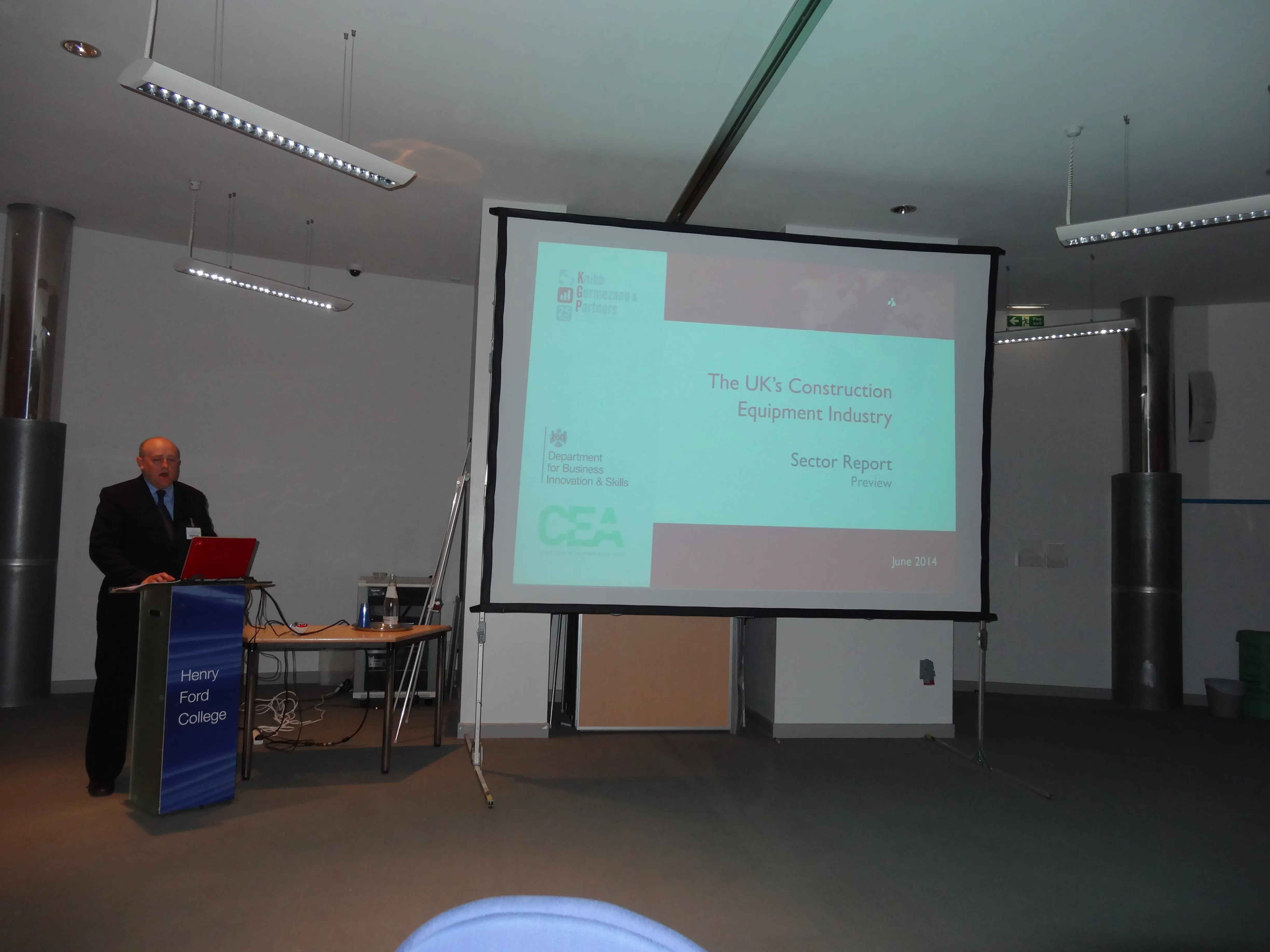Strabag’s output volume remained stable in 2013 reaching €13.573 billion - down just 3% compared to the €14.042 billion recorded in 2012.
The construction firm’s first full year figures for 2013 also reveal an order backlog up by only 2% to €13.469 billion from €13.202 billion the previous year.
Strabag says it expects output volume to remain stable in 2014 at €13.6 billion, with EBIT (earnings before interest and taxes) of at least €260 million – similar to the level forecast for 2013.
February 17, 2014
Read time: 2 mins
The construction firm’s first full year figures for 2013 also reveal an order backlog up by only 2% to €13.469 billion from €13.202 billion the previous year.
Strabag says it expects output volume to remain stable in 2014 at €13.6 billion, with EBIT (earnings before interest and taxes) of at least €260 million – similar to the level forecast for 2013.
Detailed Strabag financial results for 2013 are due for publication on 30 April 2014.
Of the initial results, Strabag CEO Thomas Birtel said, “Against the backdrop of the difficult underlying conditions in the European construction sector, we are satisfied with the output volume of €13.6 billion in 2013. At the end of April, we still want to report an EBIT of at least €260 million, which would give us a Plus of at least 25% over the previous year. We started the current year on a solid foundation with a great number of new building construction projects in Germany, and as a result we expect the values for the output volume and earnings in 2014 to be comparable to those from 2013.”







